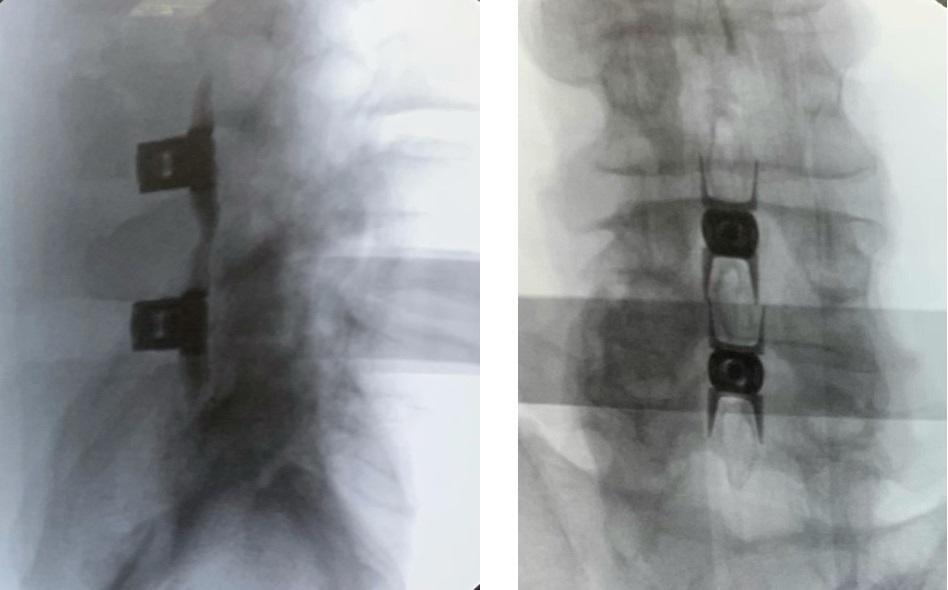Spinal Stenosis Q & A
What is spinal stenosis?
Spinal stenosis refers to a narrowing of the spinal canal. Since the canal consists of an opening in the center of your vertebrae, the opening itself doesn’t usually narrow. The only way to change the bony opening is through a traumatic injury that fractures the vertebrae or a compression fracture.
However, several spinal conditions narrow the opening by protruding into the spinal canal. This problem often arises due to:
- Herniated discs
- Degenerative disc disease
- Enlarged facet joints
- Thickened ligaments
- Slipped vertebrae
- Bone spurs
All of the conditions in this list cause pain as they affect spinal stability and hamper spinal movement. They also cause pain and other symptoms by pinching the nerves.
What symptoms develop if I have spinal stenosis?

Spinal stenosis causes symptoms such as:
- Pain in your neck or back (depending on the location of the problem)
- Pain traveling down your arms or legs
- Tingling or numbness in your legs or arms
- Muscle weakness in your legs or arms
- Muscle cramps along your spine
- Hand weakness
- Difficulty lifting your foot
Though spinal stenosis can develop in your neck, it most often affects your lower back.
How is spinal stenosis treated?
If you haven’t already received treatment, Dr. Pang implements conservative therapies such as physical therapy, medications to ease the pain or relax muscles, and avoiding the movements or activities that increase your pain.
When your pain remains despite conventional treatment, Dr. Pang offers highly specialized treatments that target the source of your pain. A few examples include:
Spinal injections
Dr. Pang may perform an epidural steroid injection or facet joint injection to reduce inflammation in the nerves or soft tissues.
Spinal cord stimulation
Spinal cord stimulation uses an implanted device to deliver mild electrical pulses to specific nerves in your spinal cord. The impulses block the pain signals traveling through the nerves, effectively easing pain caused by spinal stenosis.
Vertiflex™ Procedure

The Vertiflex Procedure is a minimally invasive procedure that decompresses pinched nerves in your lower back. The Superion™ Indirect Decompression System consists of a small device that Dr. Pang inserts between two adjacent vertebrae. The device gently separates the vertebrae, creating enough space to take pressure off the nerve.
MILD (Minimally Invasive Lumbar Decompression) Procedure.
The MILD (Minimally Invasive Lumbar Decompression) procedure is a minimally invasive treatment for lumbar spinal stenosis, a condition where the spinal canal narrows and puts pressure on the nerves. During the MILD procedure, a small incision is made, and specialized tools are used to remove excess ligament tissue in the spinal canal reducing compression and restoring space. This is an outpatient procedure with a short recovery time, minimal pain, and no need for general anesthesia or implants. It effectively relieves symptoms like lower back and leg pain, improving mobility and quality of life without the risks of traditional surgery.
When you need relief from the pain of spinal stenosis, call the Edward K. Pang Medical Corporation or book an appointment online today.

